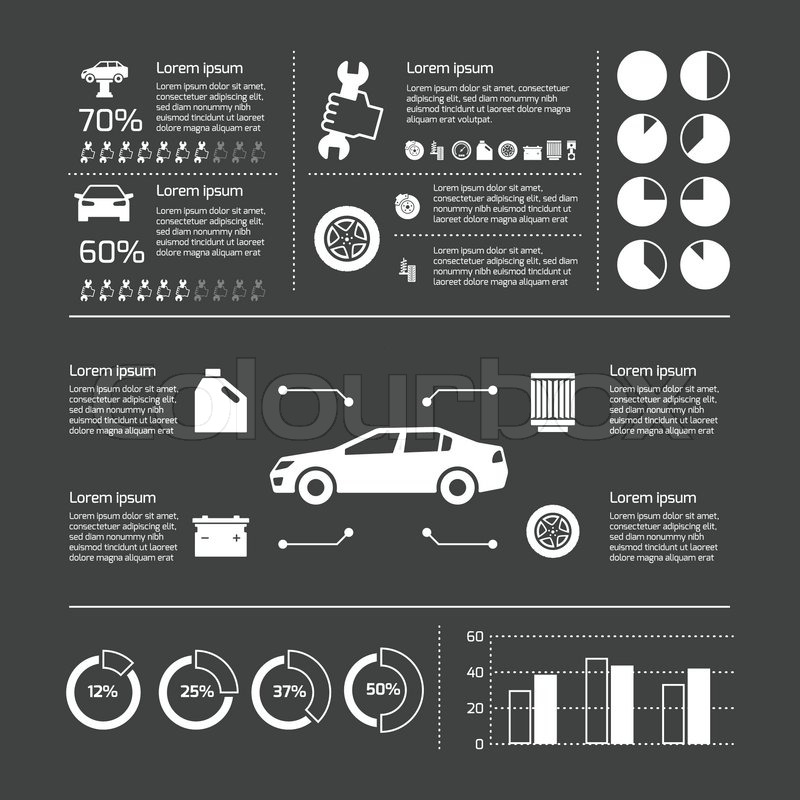Translating Your Auto'S Alert Lighting: Their True Effects
Translating Your Auto'S Alert Lighting: Their True Effects
Blog Article
Short Article By-Boye Dalgaard
When you lag the wheel, those beautiful warning lights on your dashboard can be a little bit perplexing. Do you recognize what they're trying to inform you regarding your vehicle's health and wellness? Comprehending the significance of these lights is essential for your safety and security and the long life of your vehicle. So, the next time among those lights appears, wouldn't you intend to decode its message accurately and take the required steps to address it?
Common Warning Lighting and Interpretations
Determine typical caution lights in your vehicle and recognize their meanings to ensure secure driving.
The most typical caution lights include the check engine light, which signifies concerns with the engine or emissions system. If this light begins, it's critical to have your car checked promptly.
The oil stress warning light indicates reduced oil stress, needing instant focus to stop engine damages.
A flashing battery light could suggest a defective billing system, potentially leaving you stranded if not addressed.
The tire pressure surveillance system (TPMS) light signals you to low tire stress, influencing vehicle stability and gas efficiency. Disregarding this can cause hazardous driving conditions.
The abdominal muscle light shows an issue with the anti-lock stopping system, endangering your capability to stop rapidly in emergencies.
Finally, the coolant temperature advising light warns of engine overheating, which can result in severe damage if not fixed promptly.
Understanding these common warning lights will assist you deal with issues quickly and maintain safe driving problems.
Value of Prompt Attention
Recognizing the common caution lights in your auto is just the very first step; the value of immediately resolving these warnings can't be stressed sufficient to guarantee your safety when driving.
When a caution light illuminates on your dashboard, it's your cars and truck's means of communicating a prospective problem that needs interest. Neglecting these cautions can bring about extra serious problems later on, compromising your safety and security and possibly costing you much more in repairs.
Trigger attention to warning lights can avoid malfunctions and accidents. As an example, a flashing check engine light can show a misfire that, if left ignored, could cause damage to the catalytic converter. Resolving this promptly can save you from a pricey repair service.
Likewise, a brake system advising light could signify reduced brake fluid or used brake pads, crucial parts for your security when driving.
DIY Troubleshooting Tips
If you notice a caution light on your dashboard, there are a few DIY repairing ideas you can attempt before seeking expert help.
source website is to consult your car's manual to recognize what the details warning light indicates. Sometimes the concern can be as simple as a loosened gas cap triggering the check engine light. Tightening up the gas cap may deal with the issue.
https://www.repairerdrivennews.com/2022/06/17/state-farm-says-it-will-test-expanded-use-of-aftermarket-parts-in-texas-oklahoma/ is a low battery, which can activate different cautioning lights. Inspecting the battery connections for deterioration and guaranteeing they're secure may deal with the trouble.
If a warning light persists, you can try resetting it by disconnecting the vehicle's battery for a few mins and then reconnecting it. Furthermore, checking your automobile's fluid degrees, such as oil, coolant, and brake fluid, can aid repair alerting lights associated with these systems.
Final thought
Finally, understanding your auto's caution lights is necessary for maintaining your car running efficiently and securely. By promptly attending to these signals and understanding what they indicate, you can prevent costly repair work and possible break downs.
Bear in mind to consult your automobile's guidebook for certain information on each advising light and do something about it appropriately to ensure a trouble-free driving experience.
Remain informed, stay risk-free when driving!
